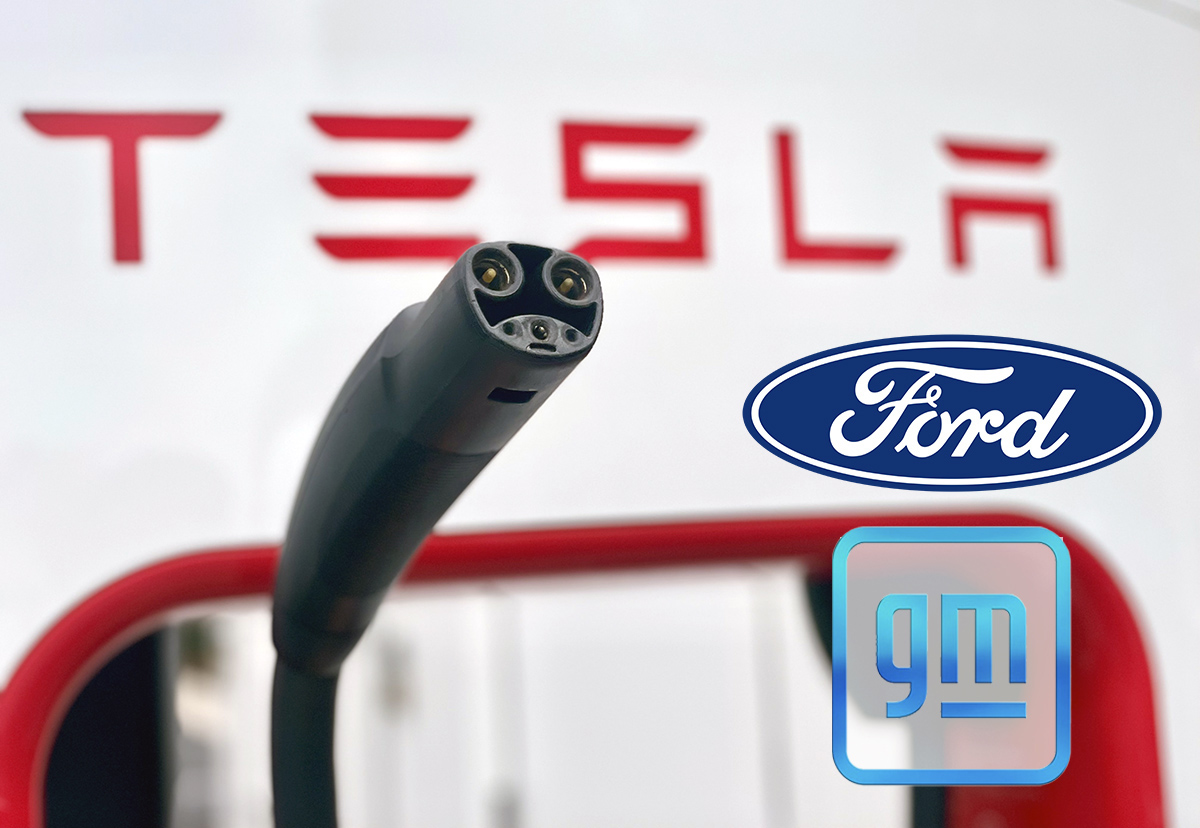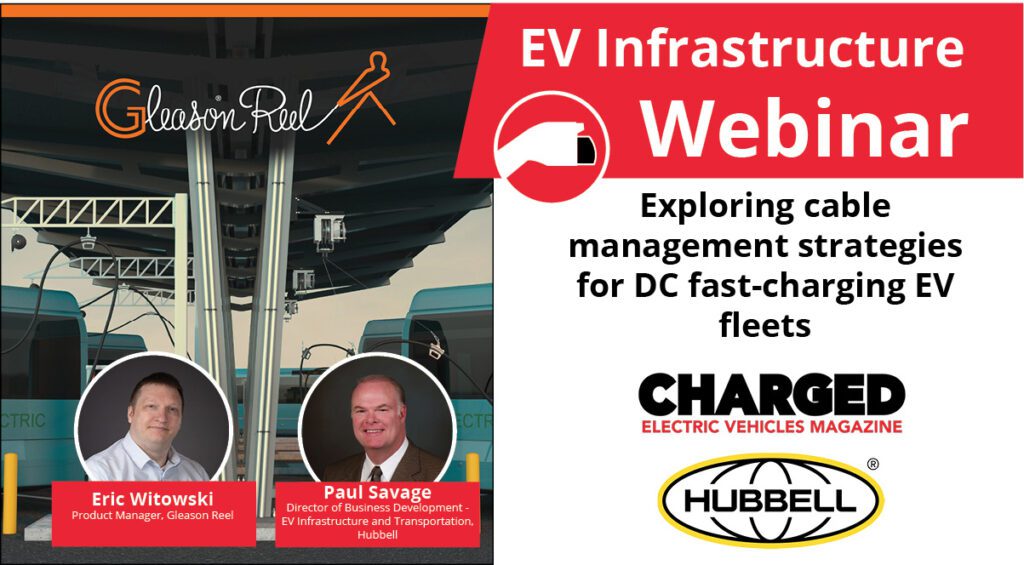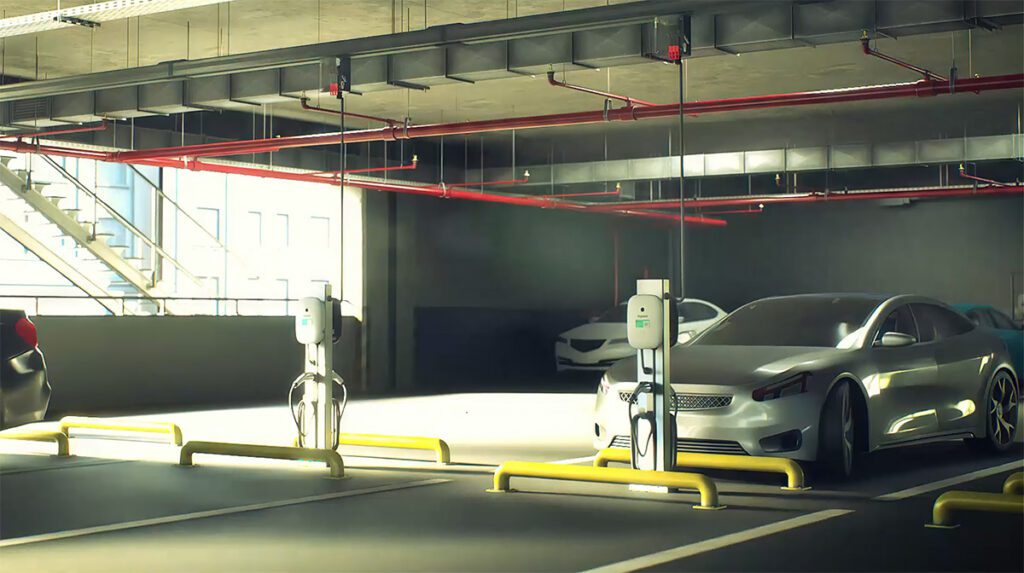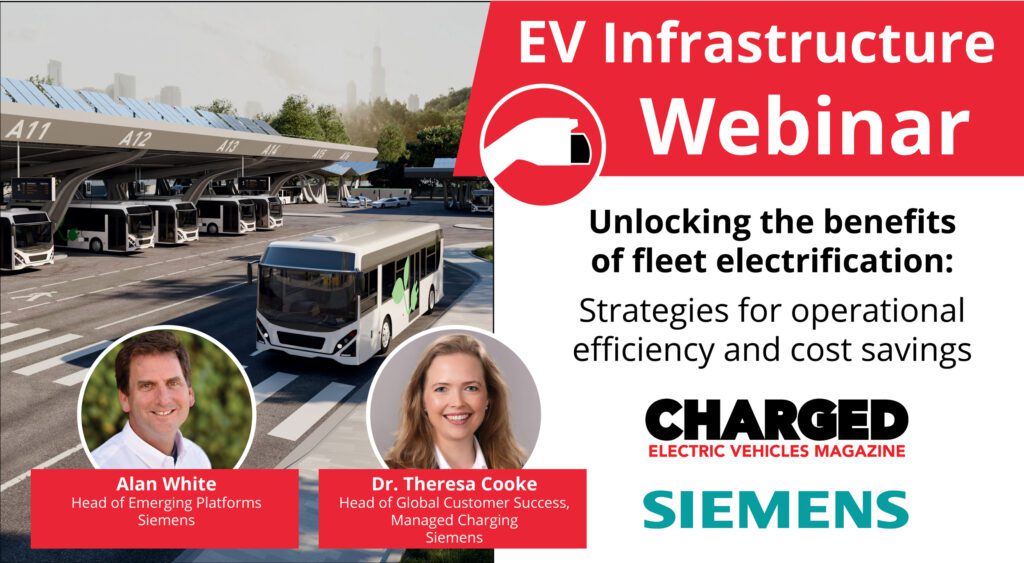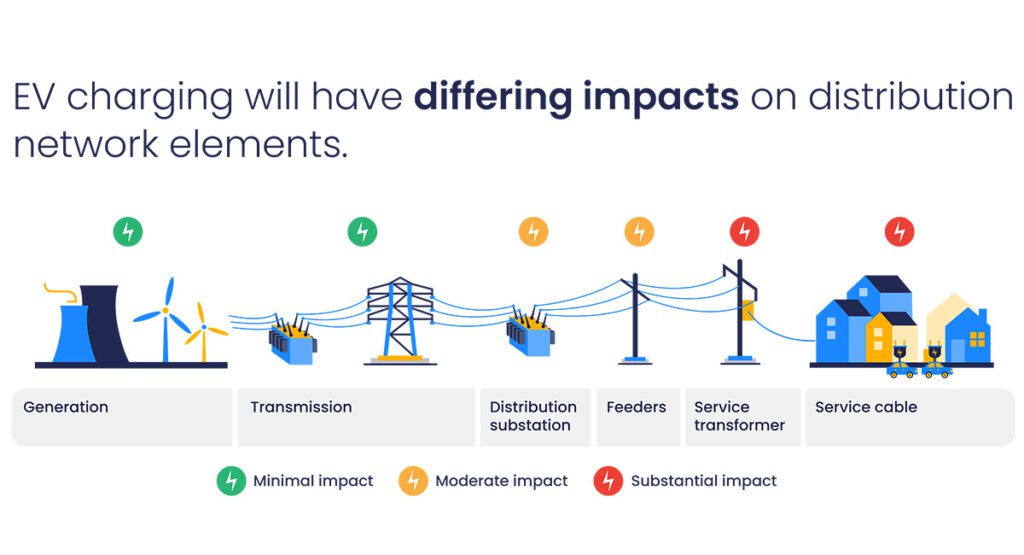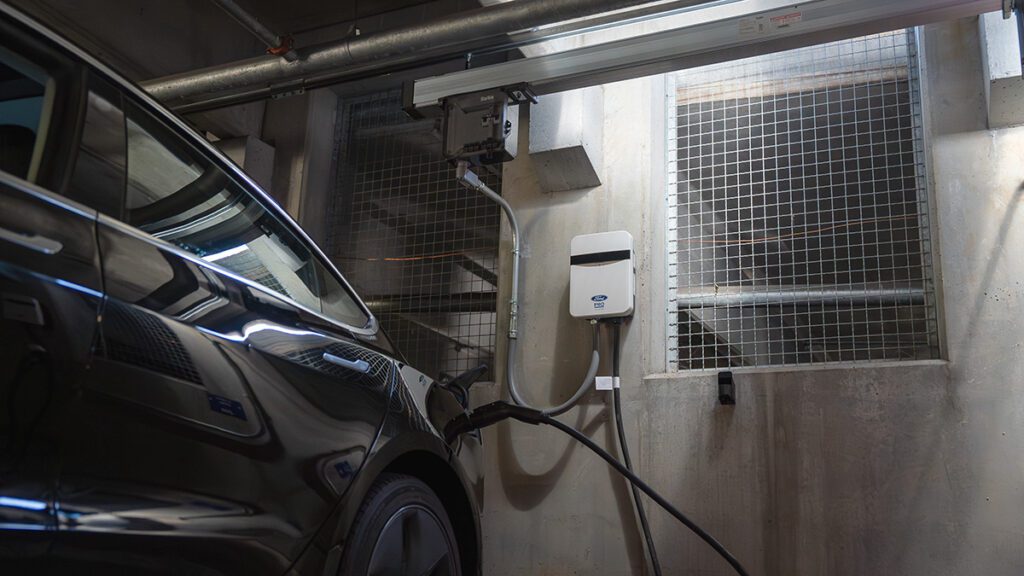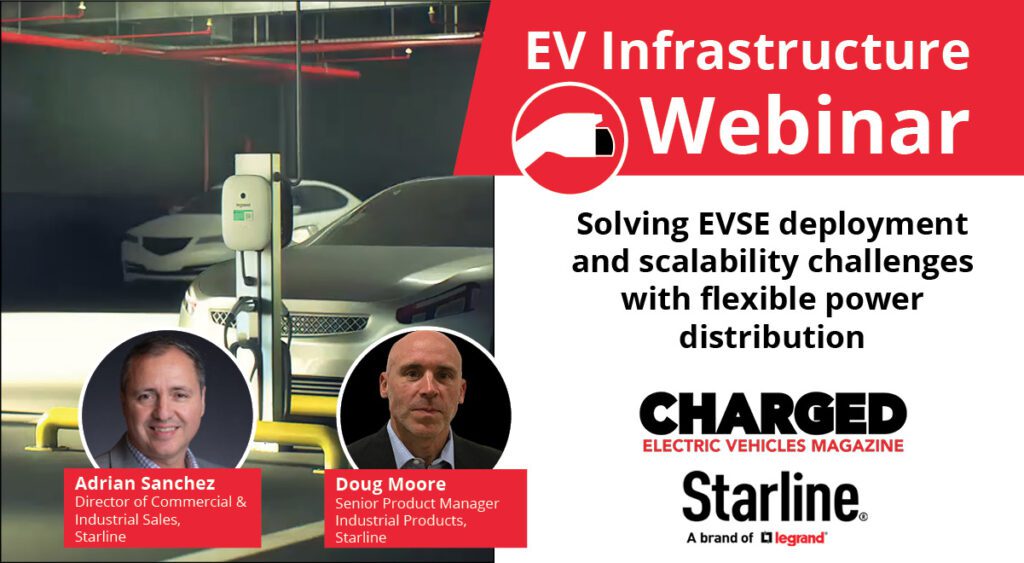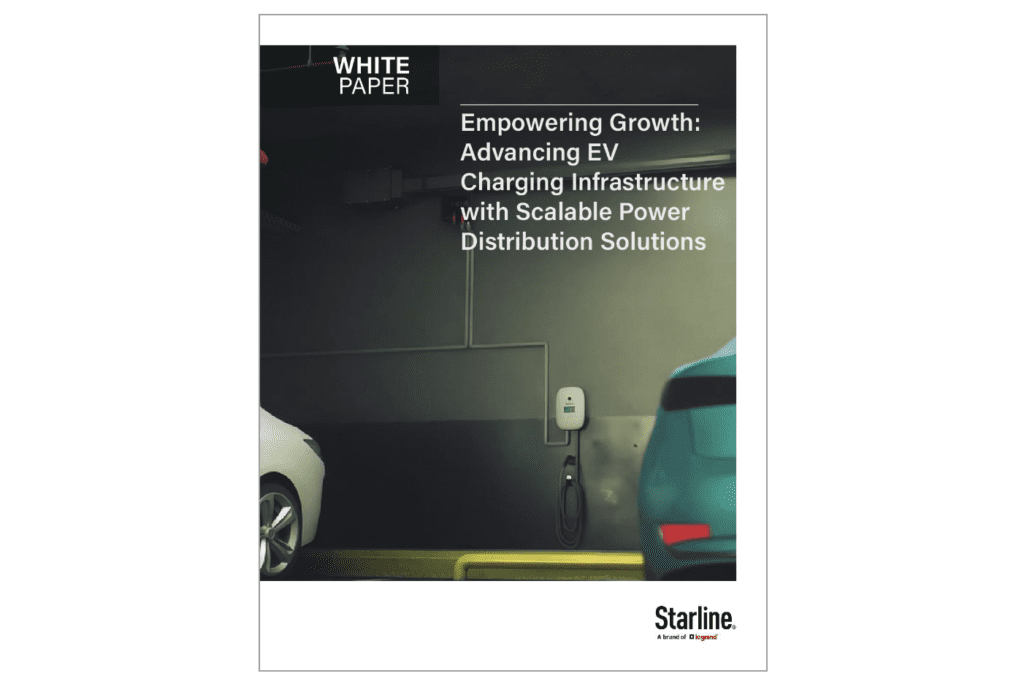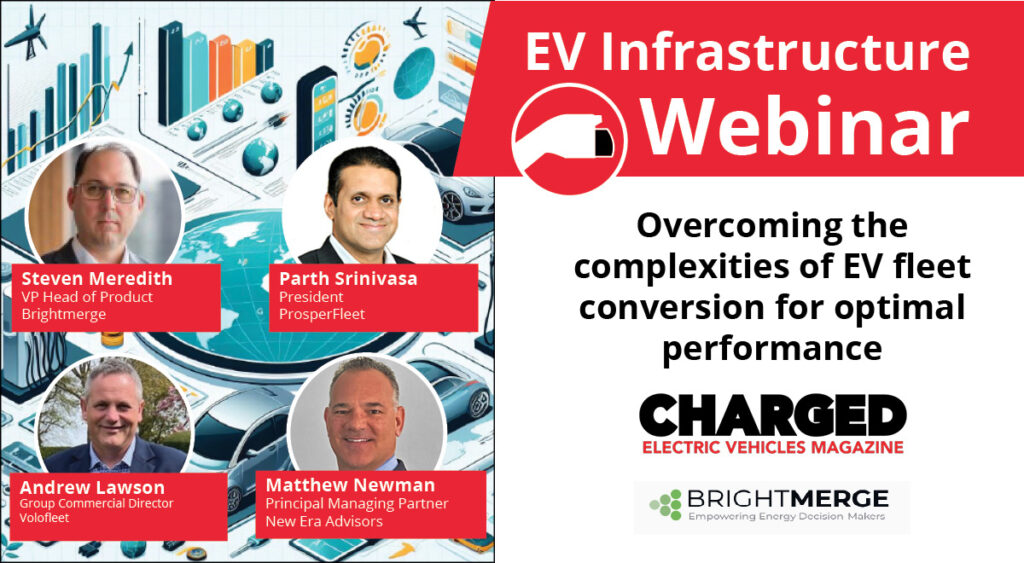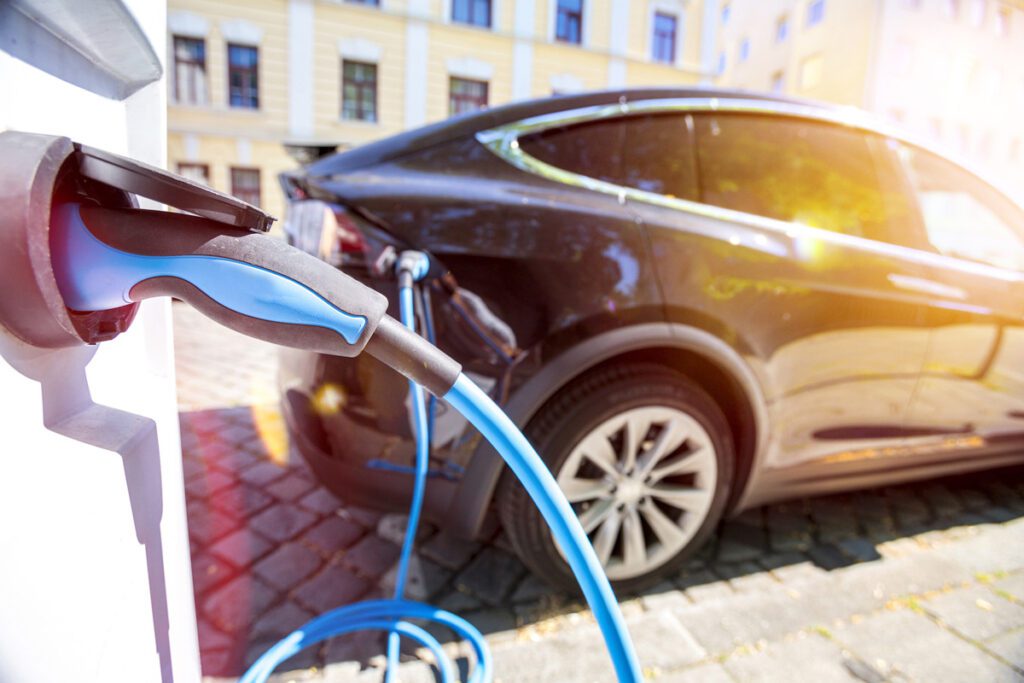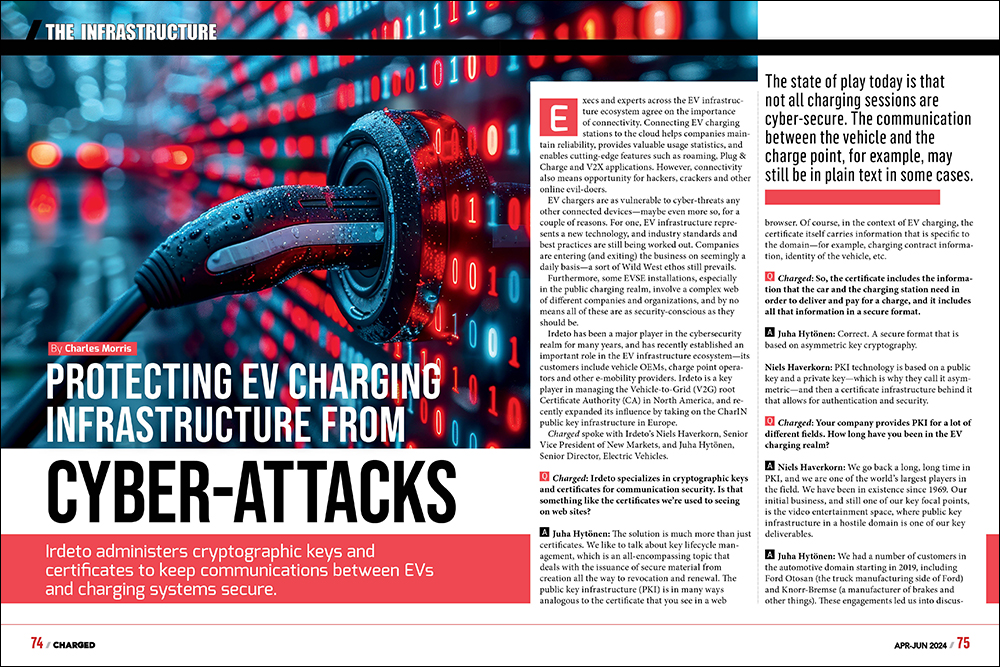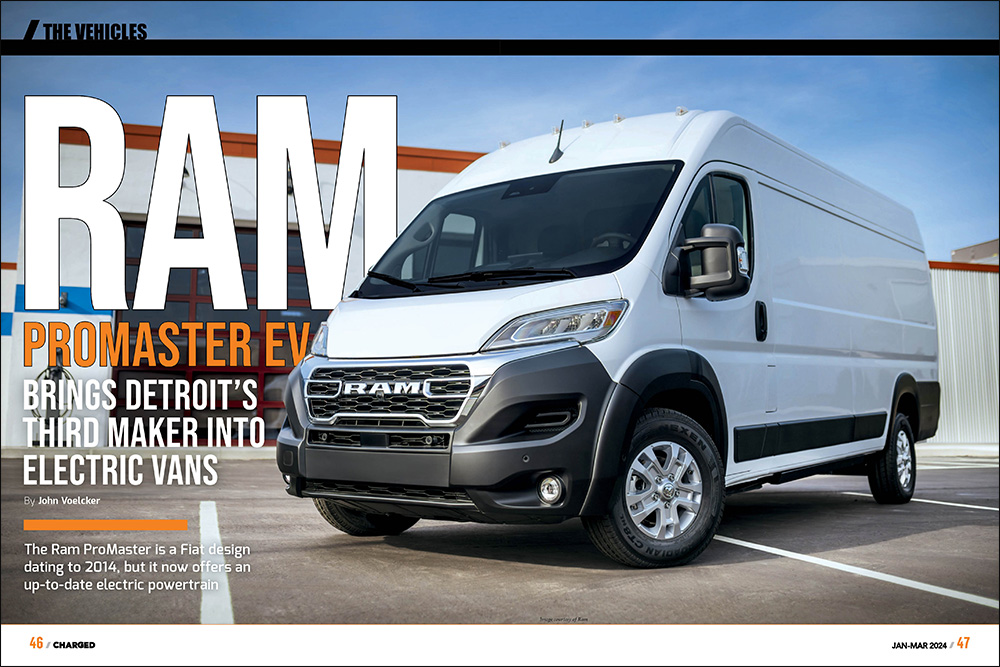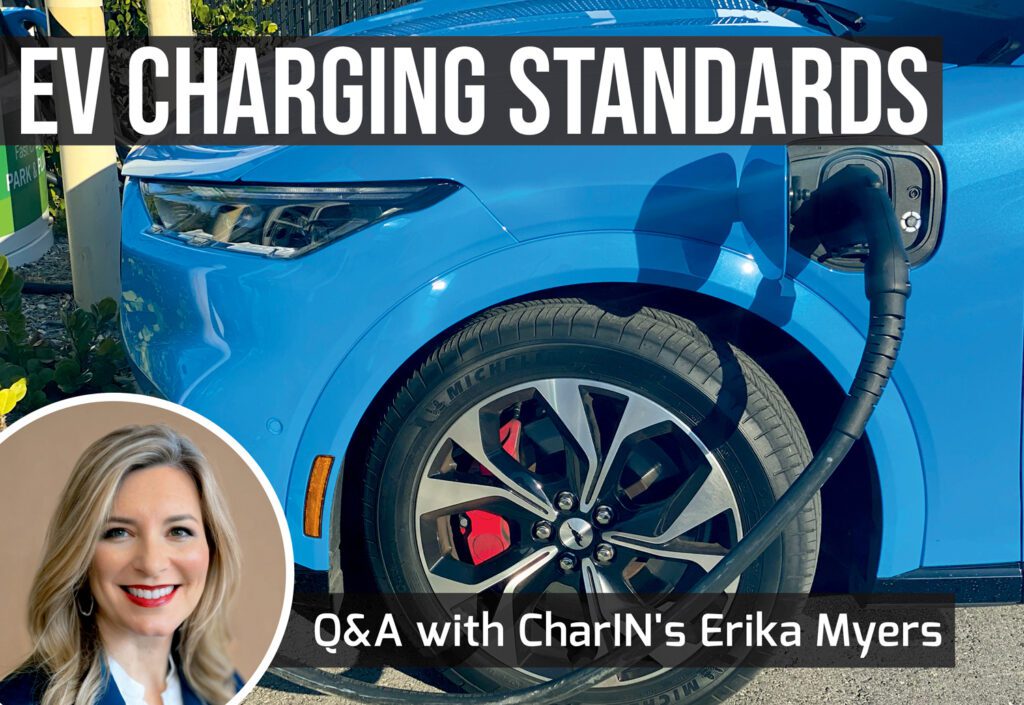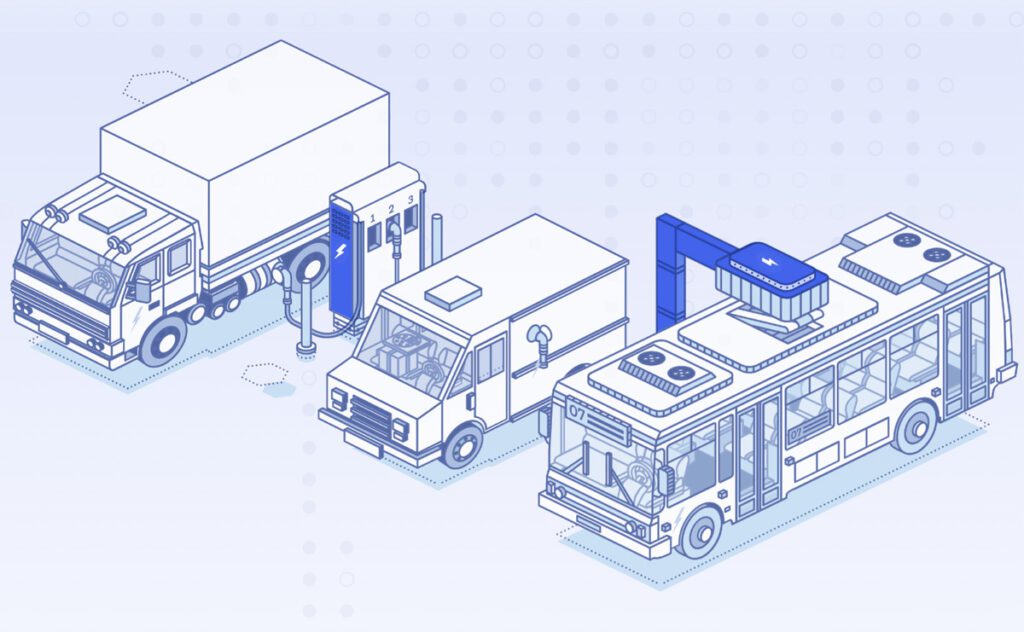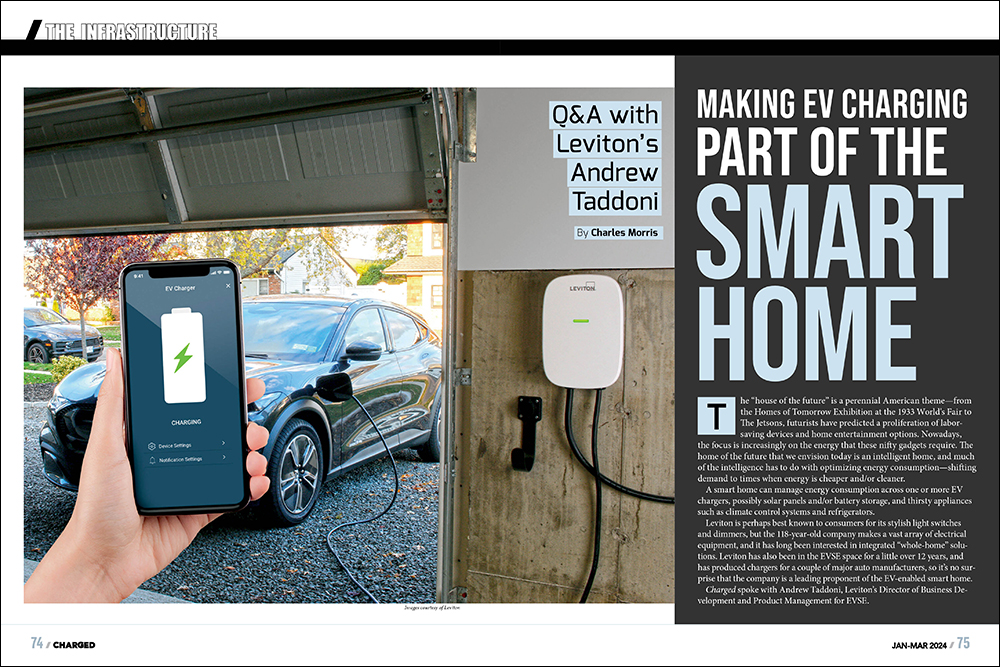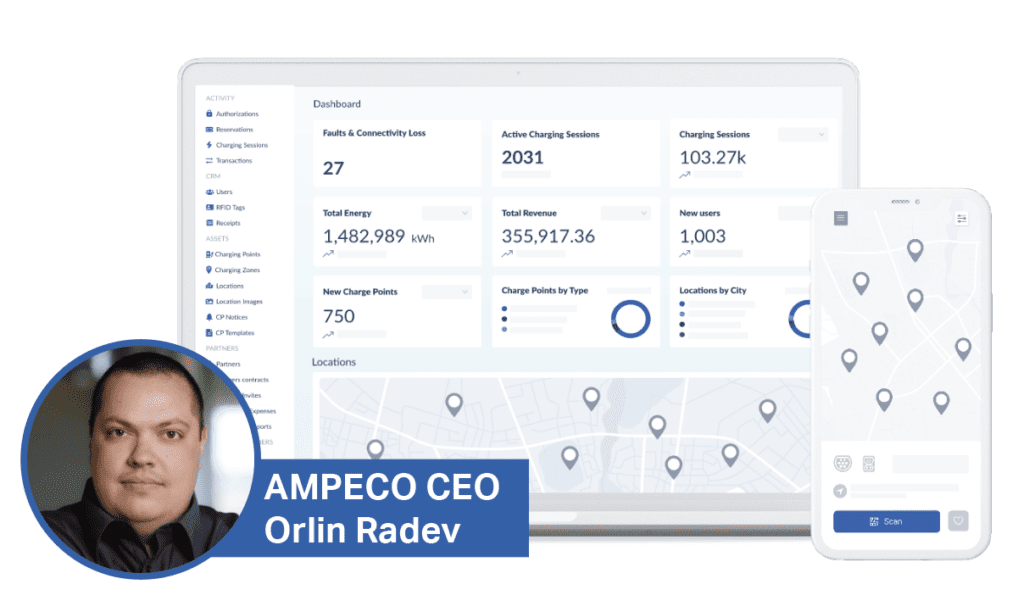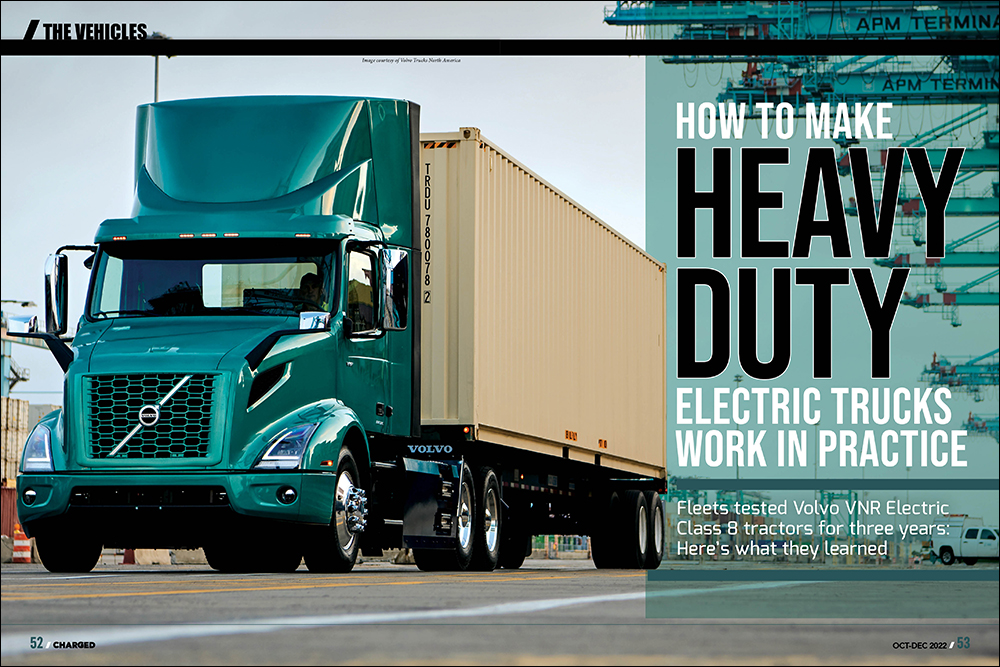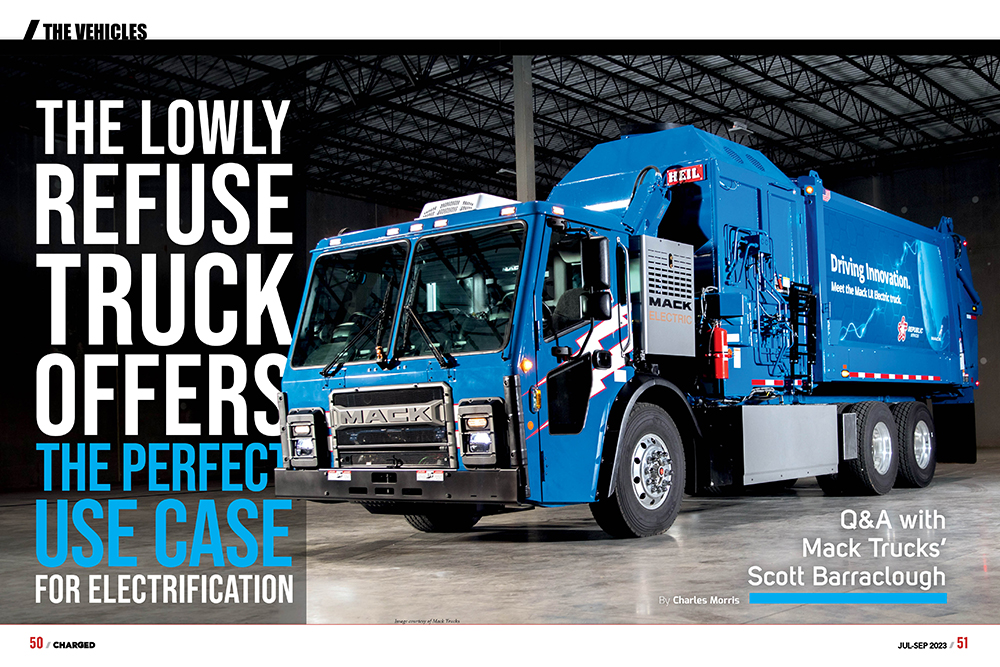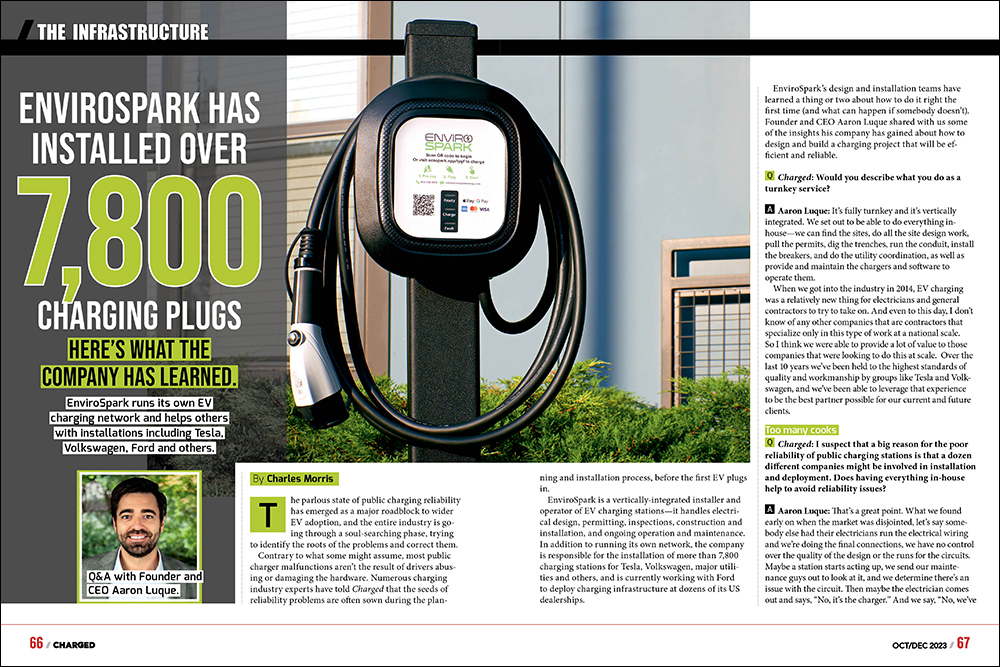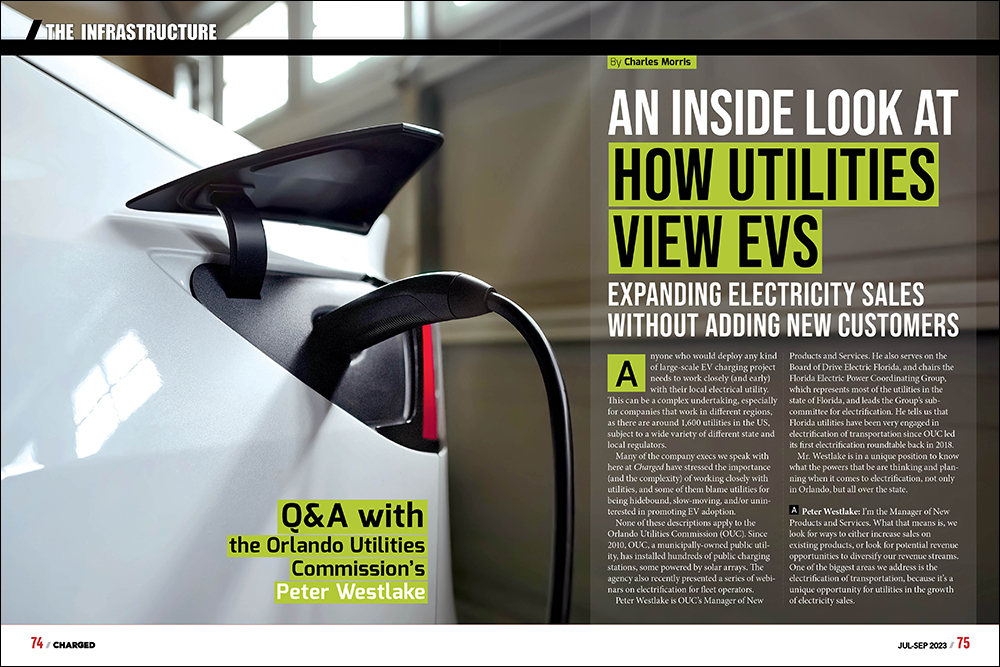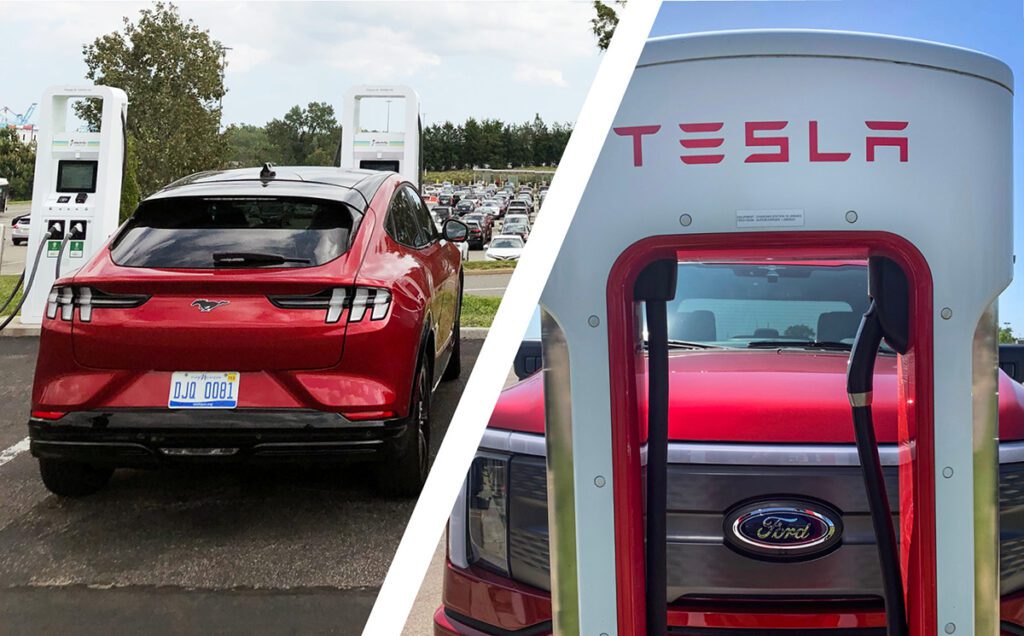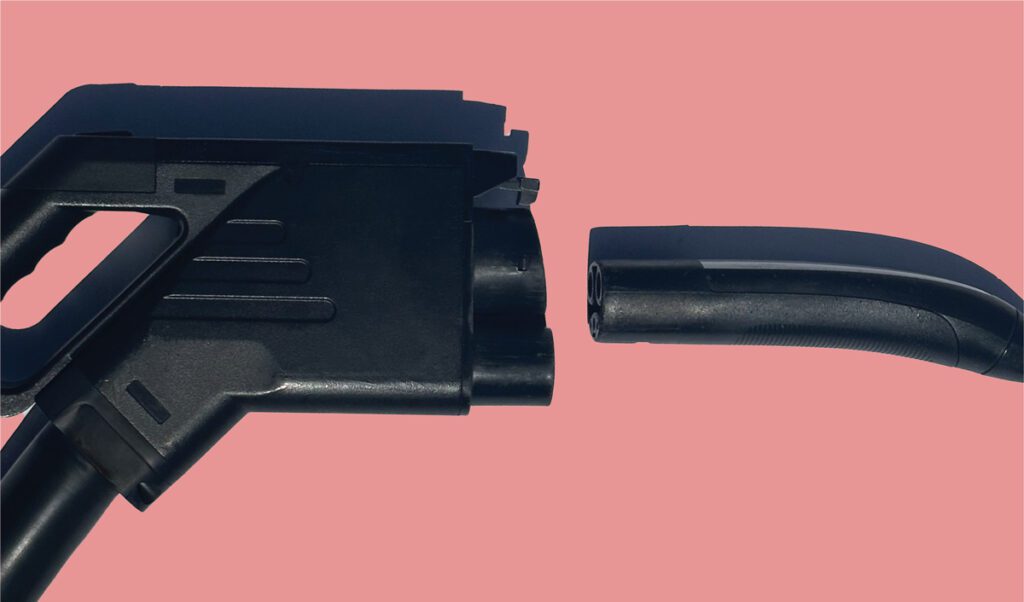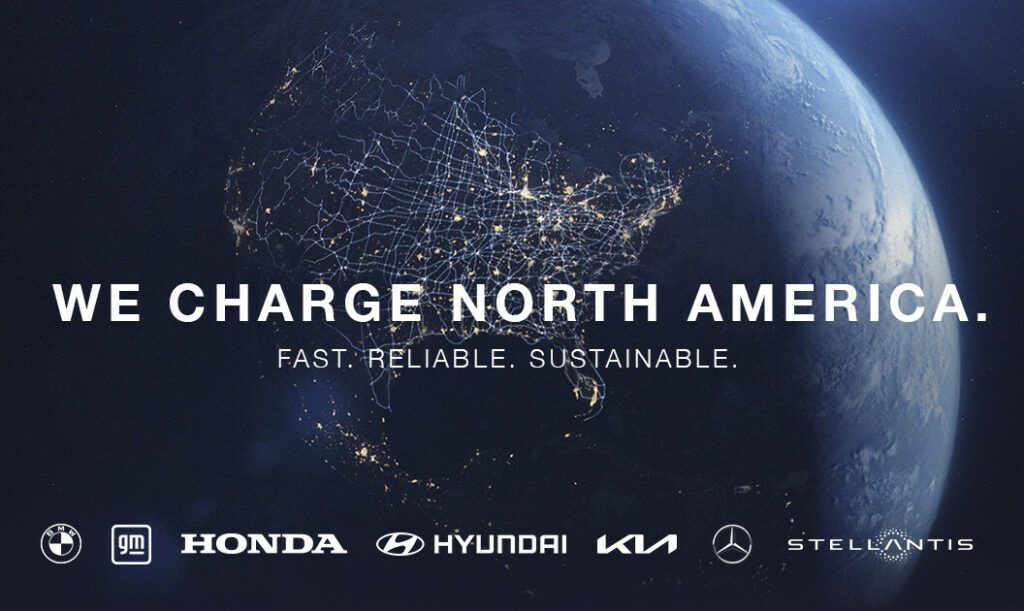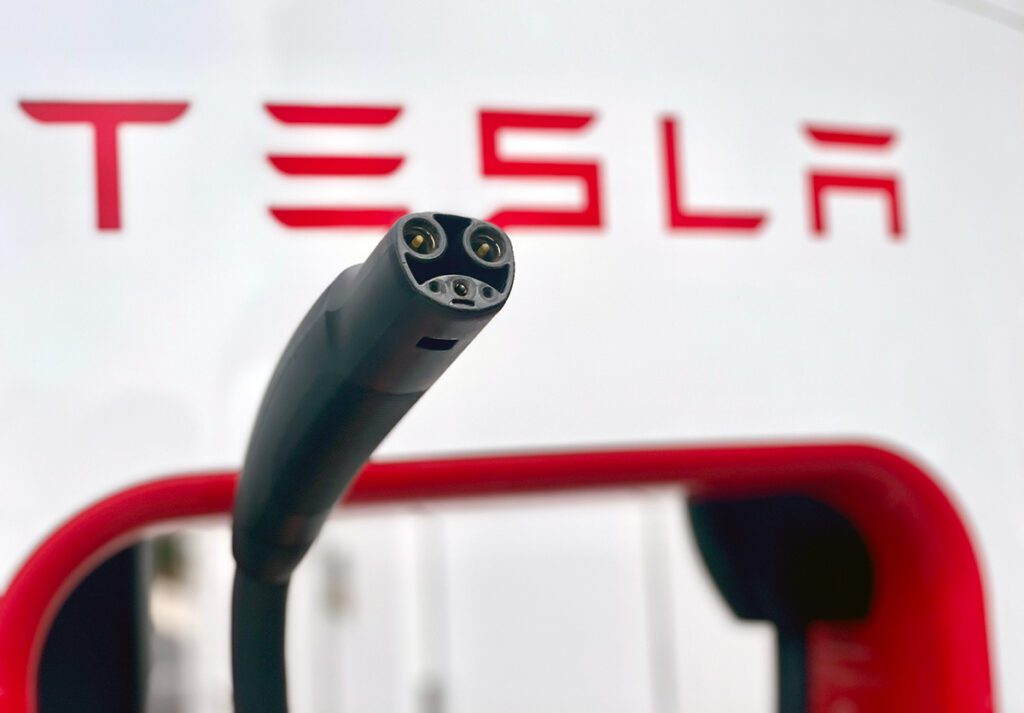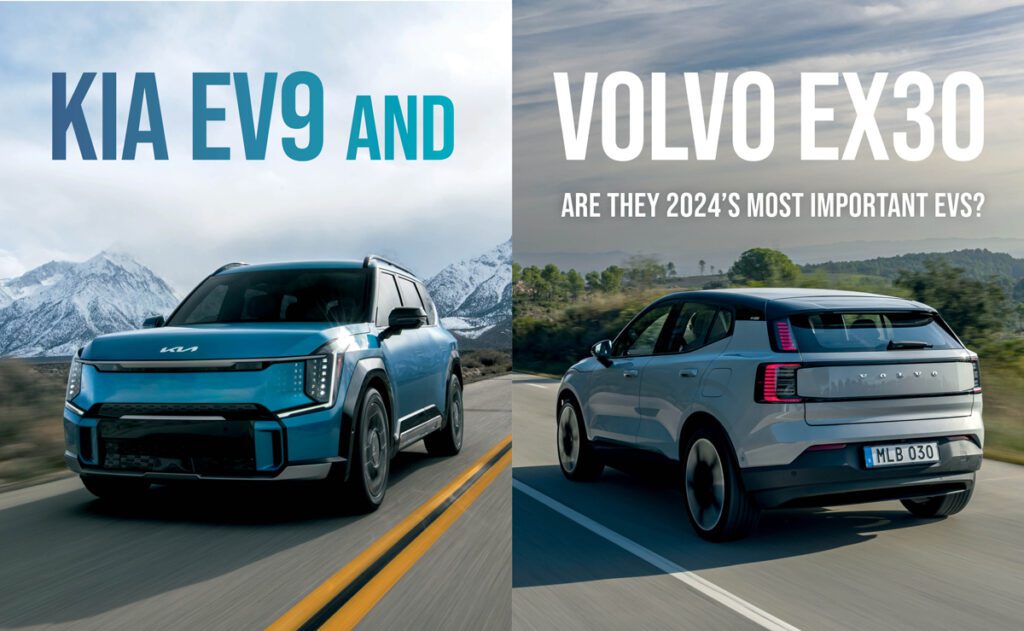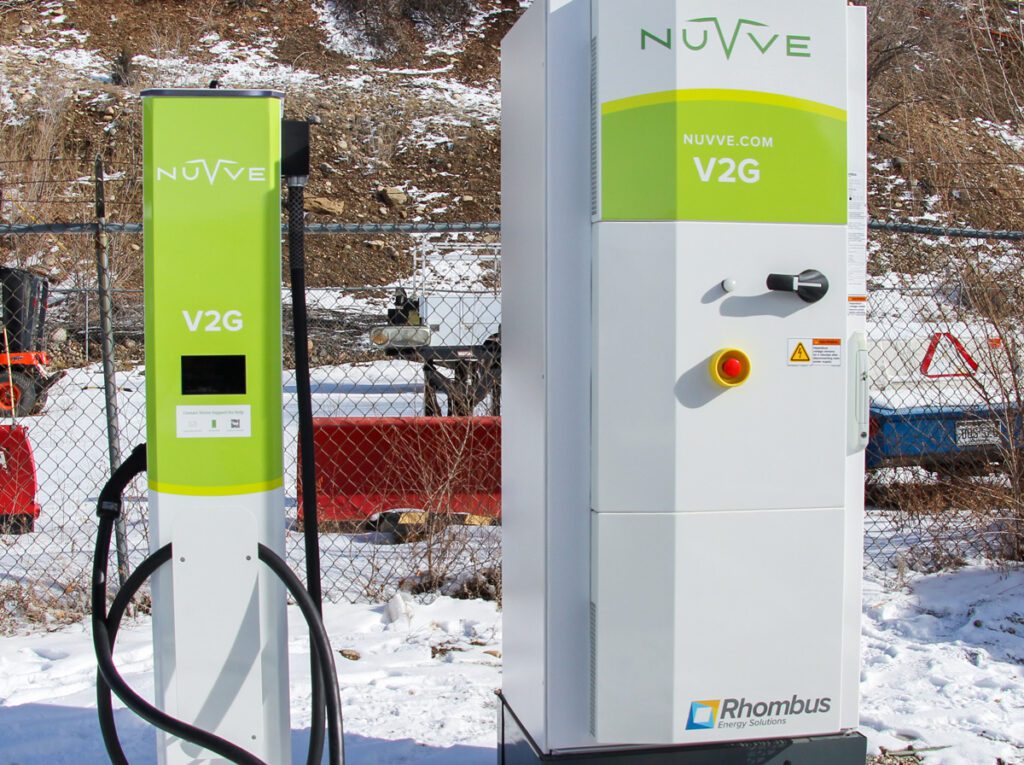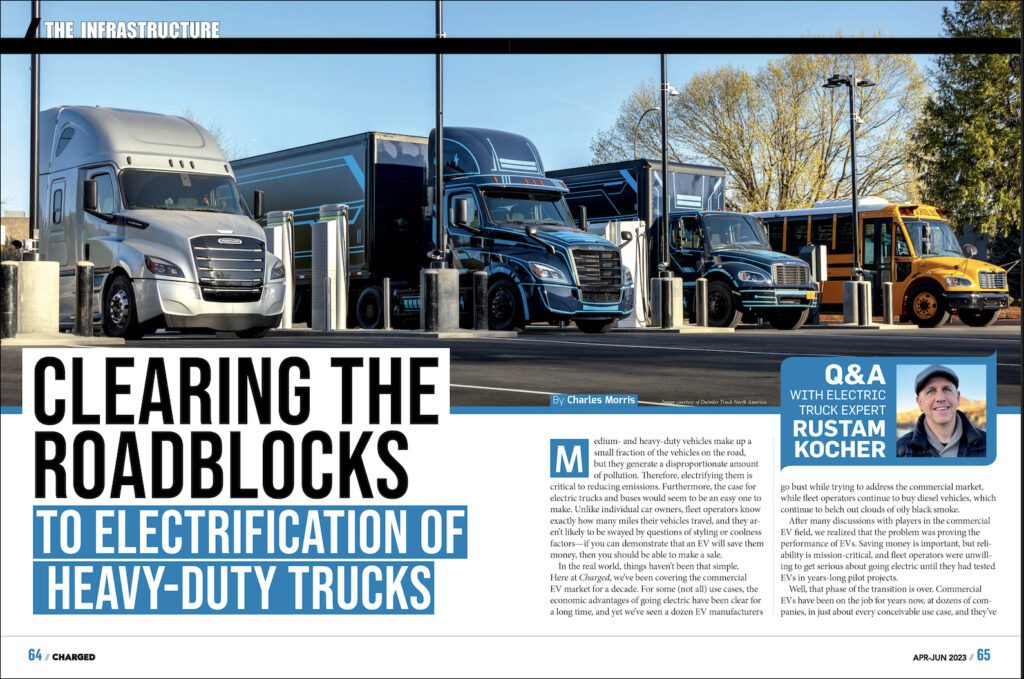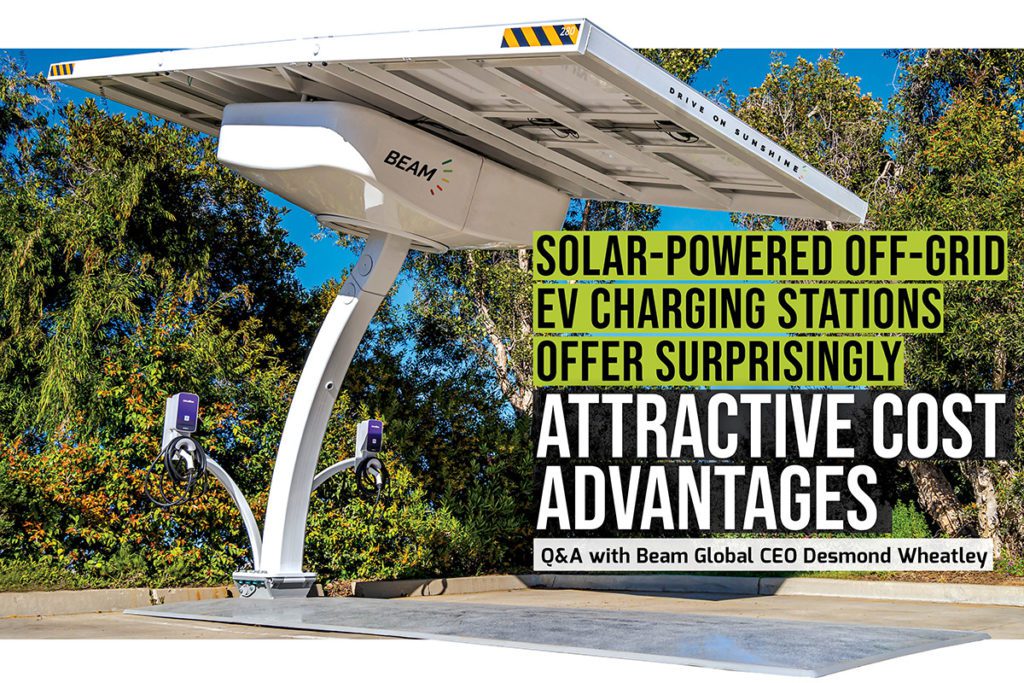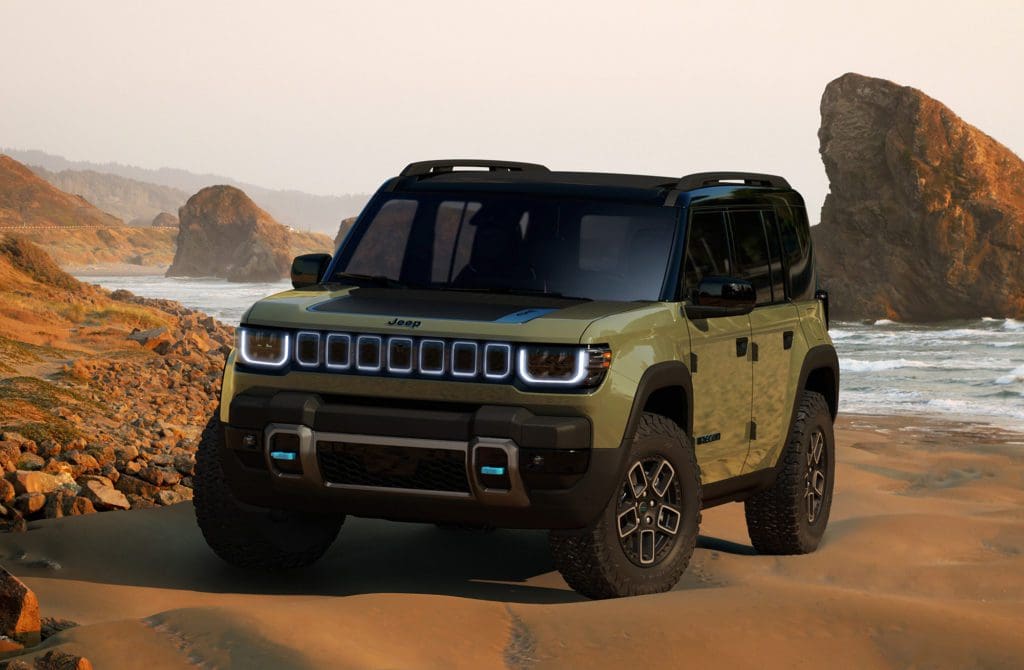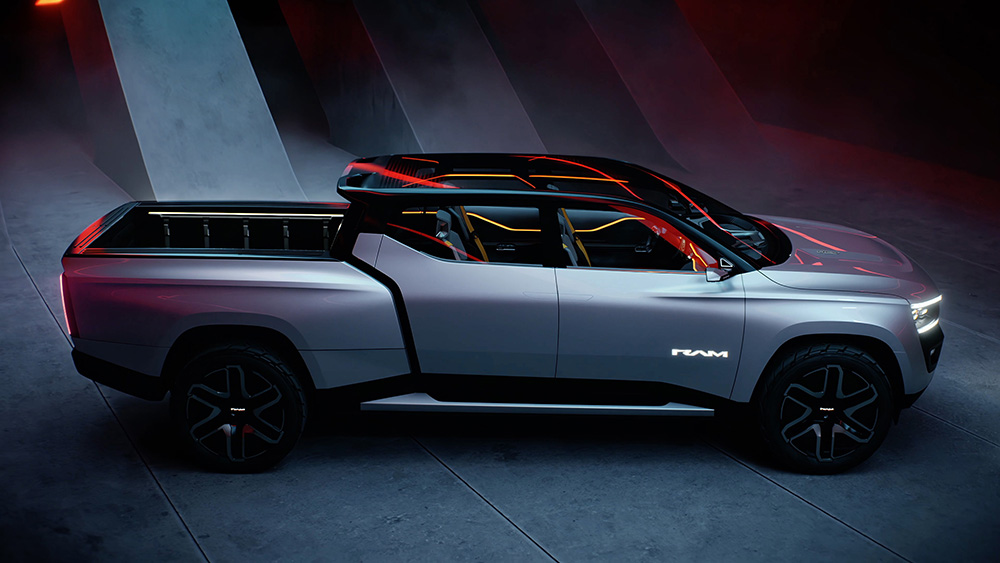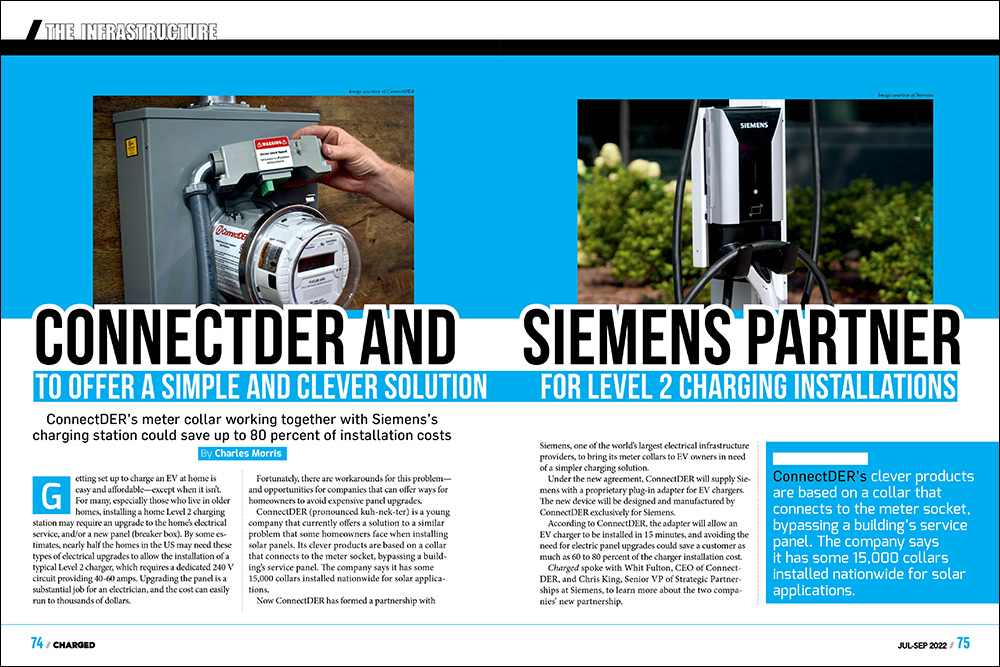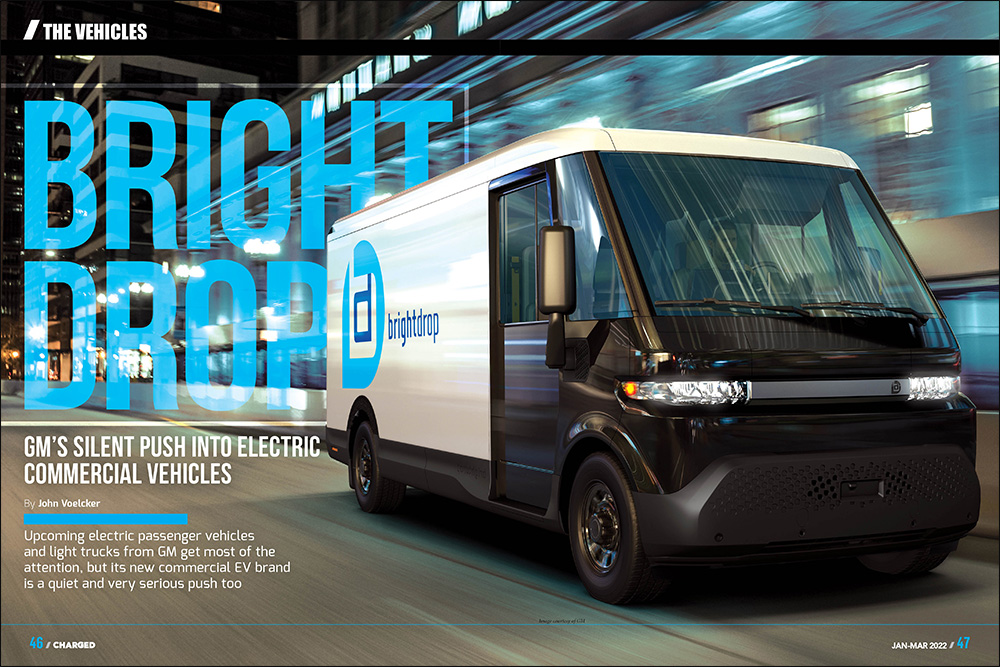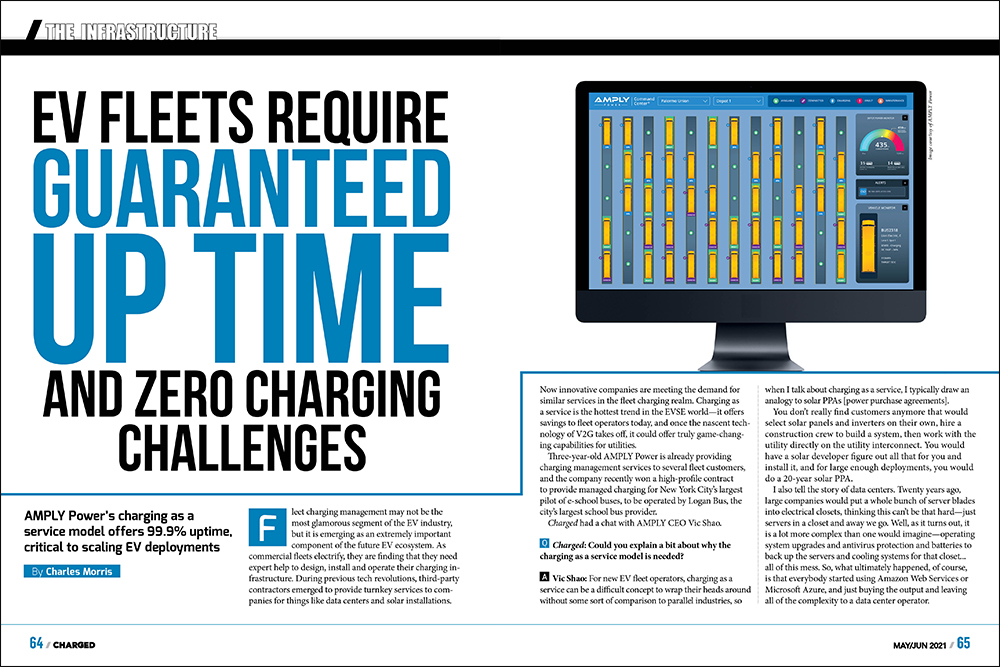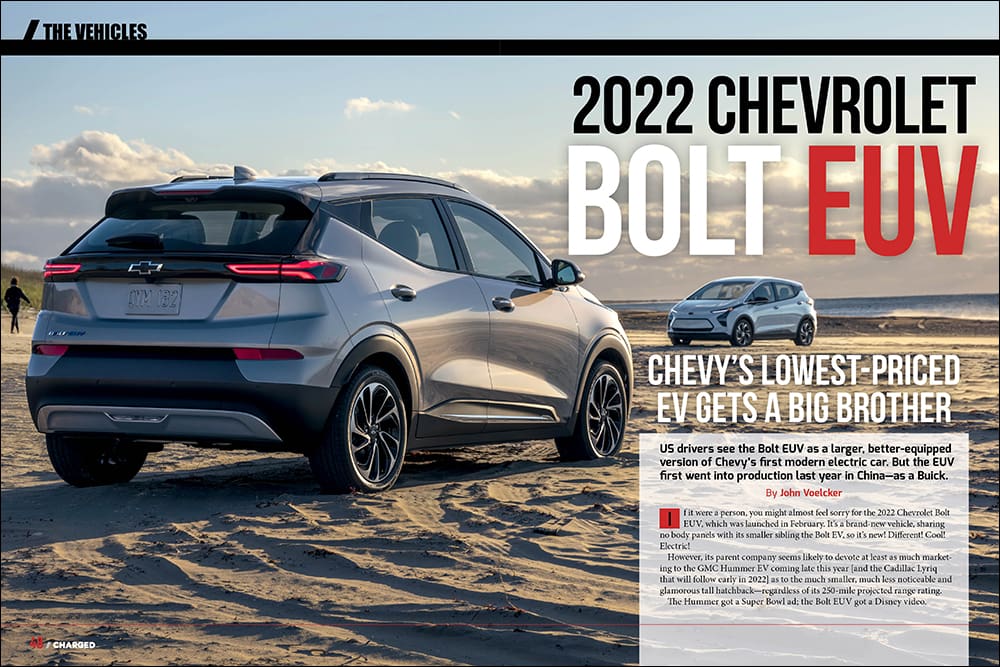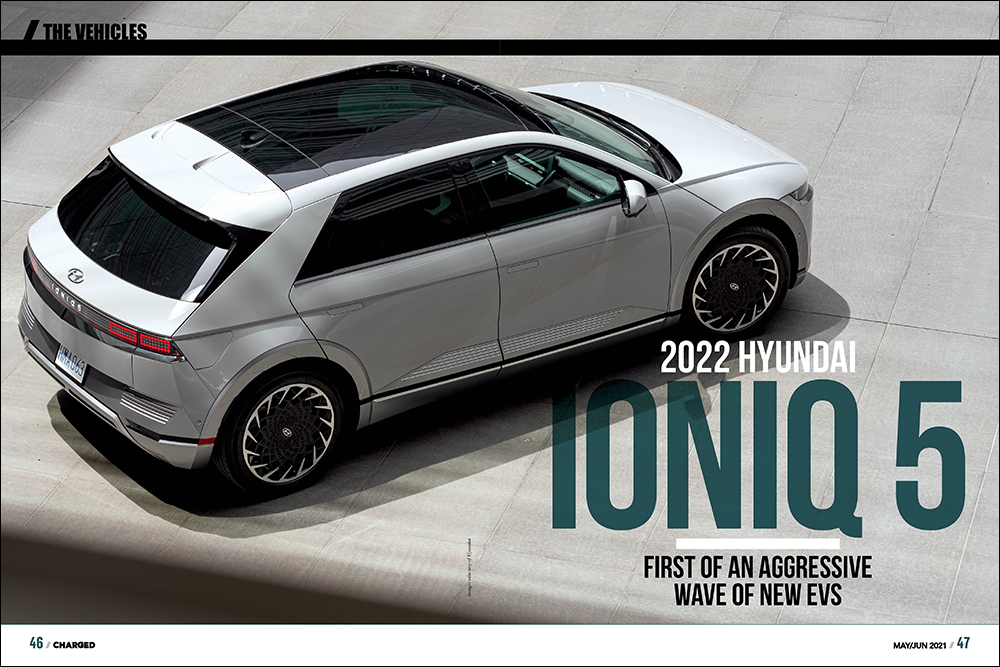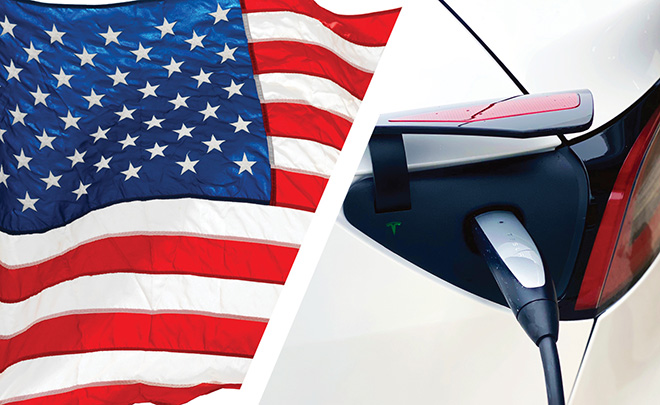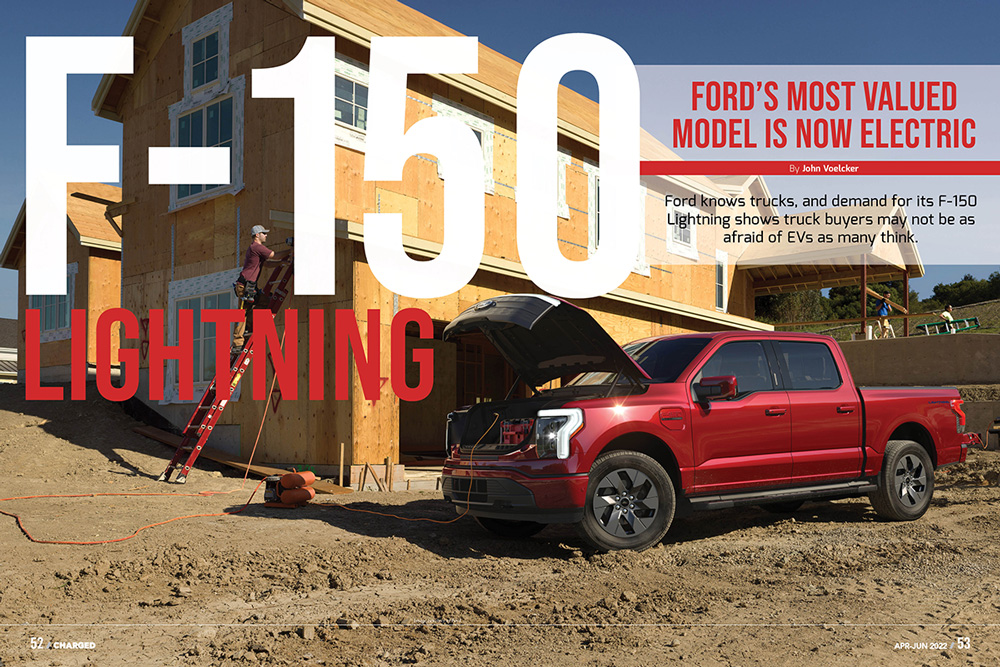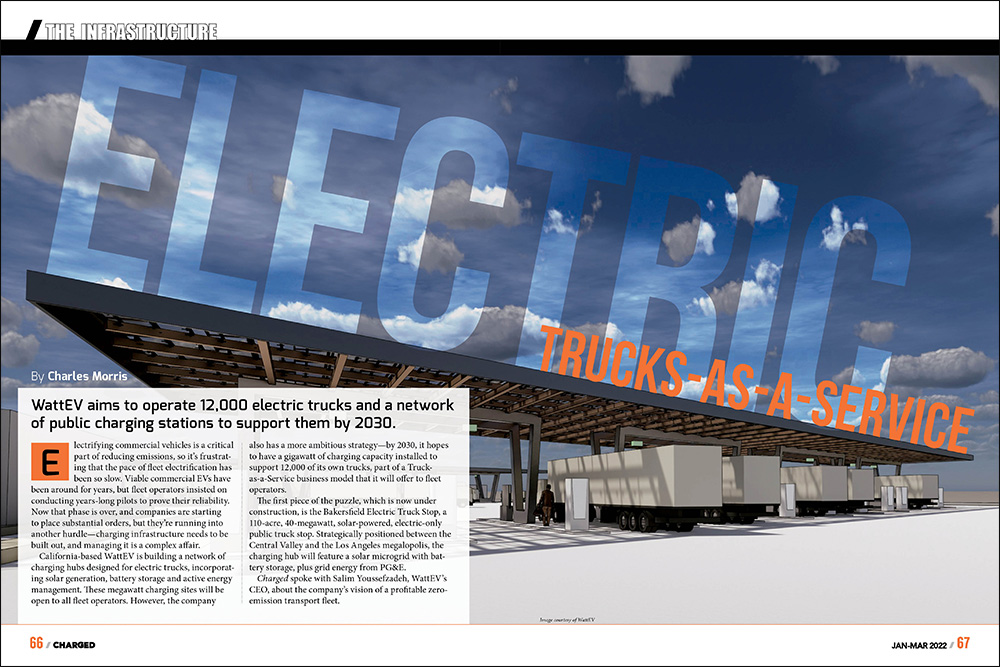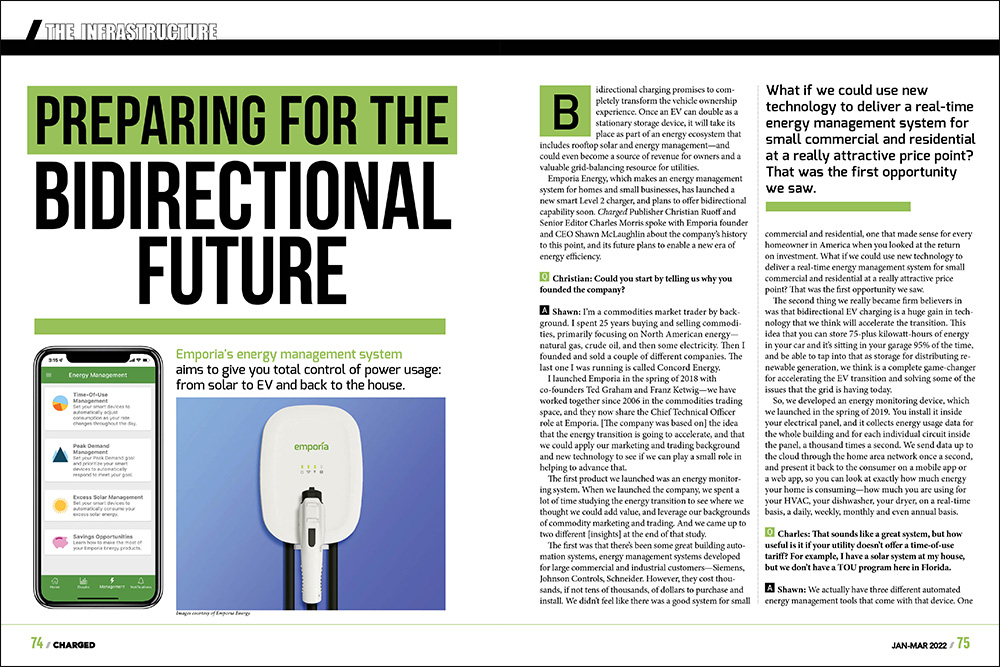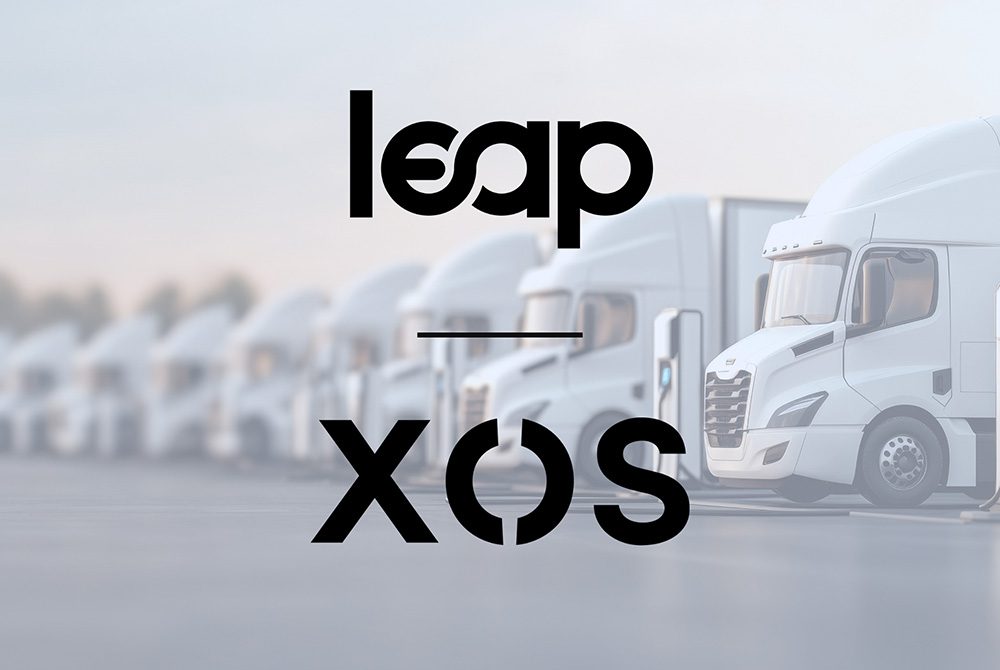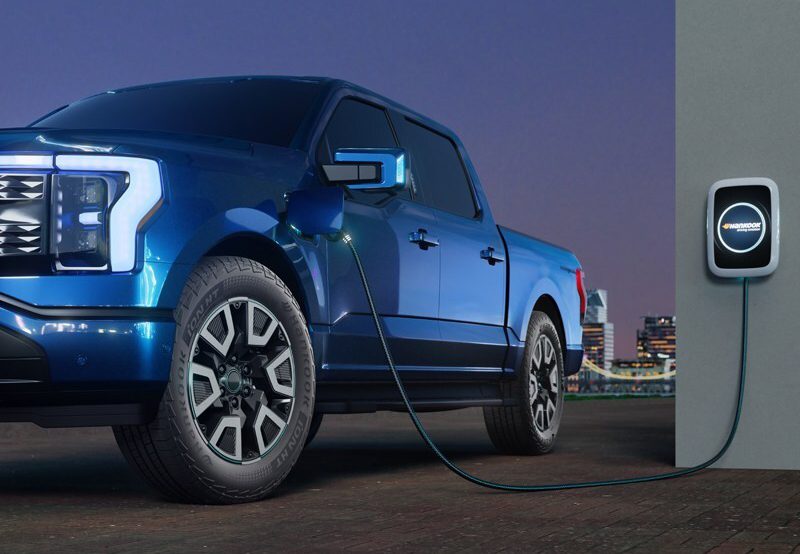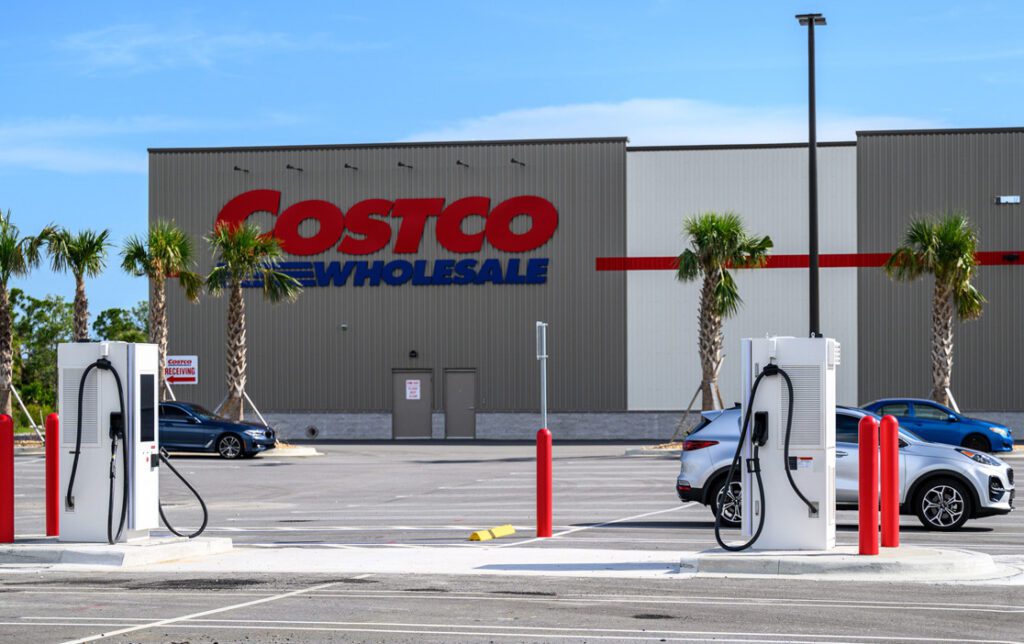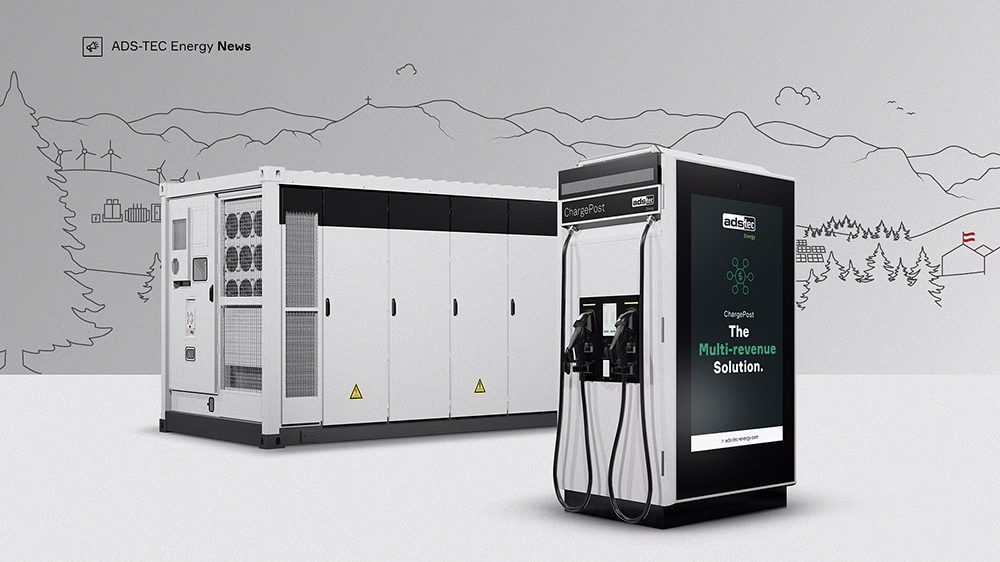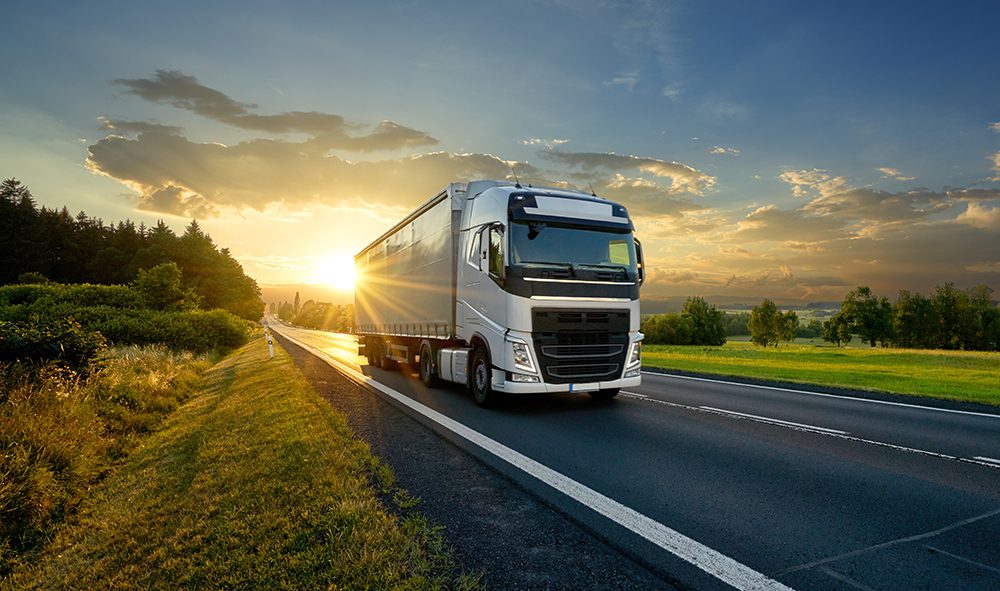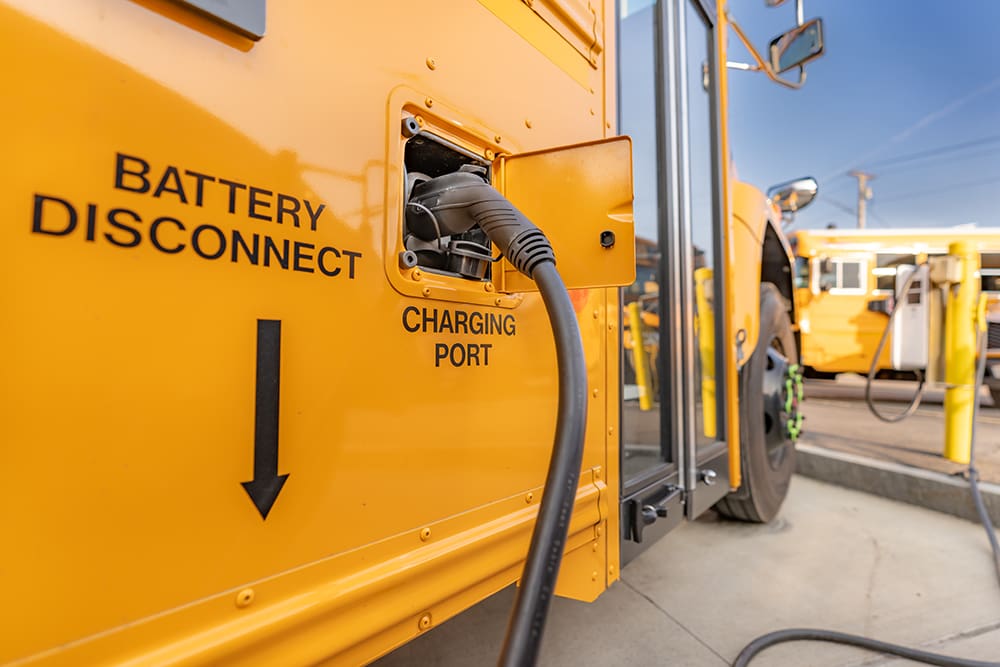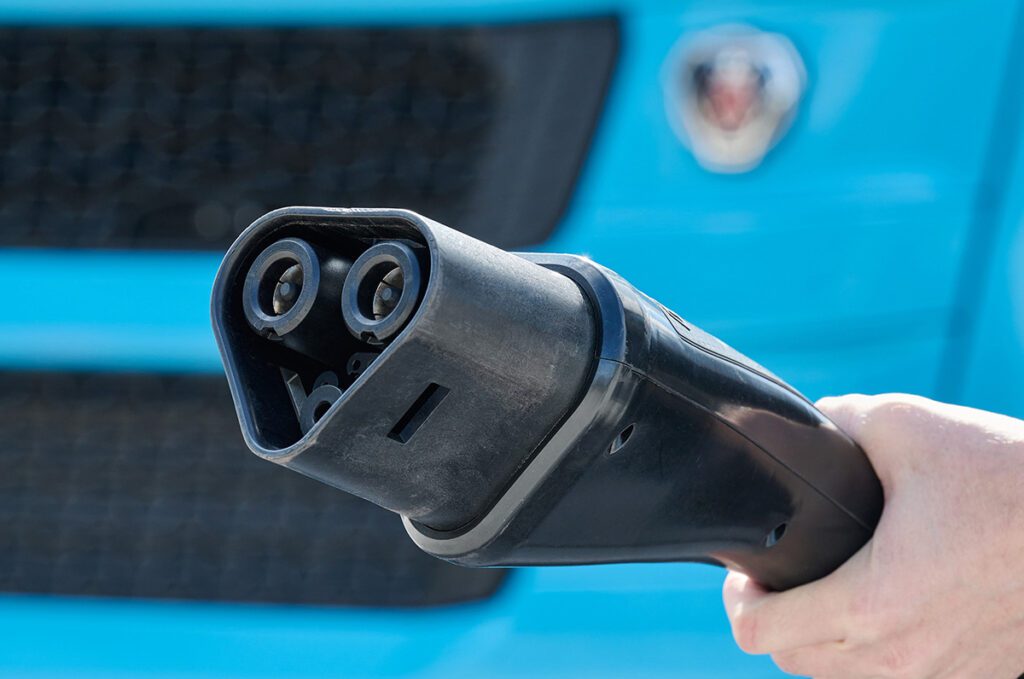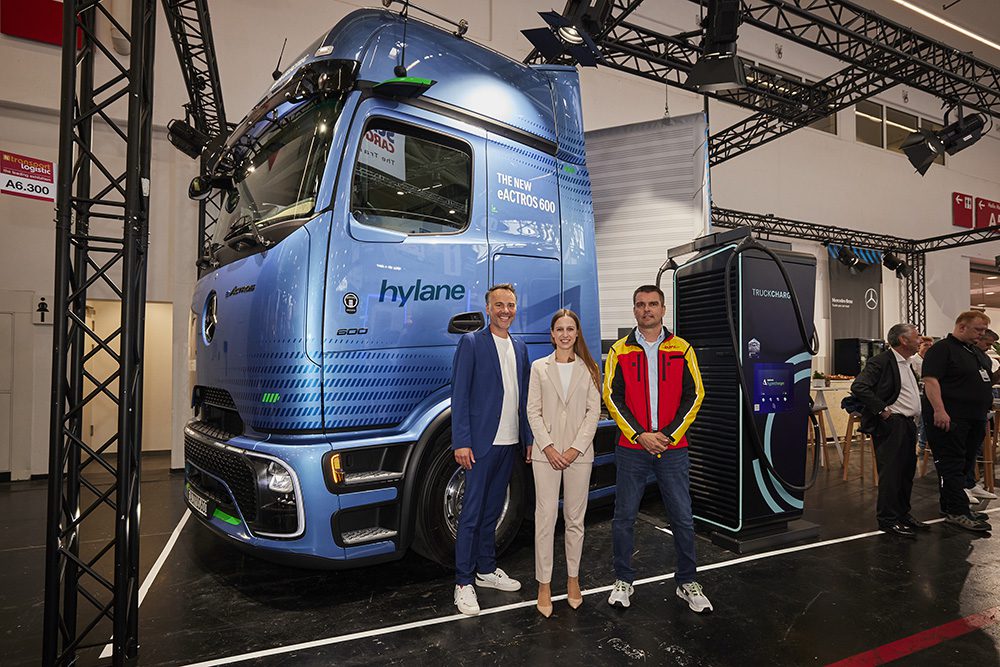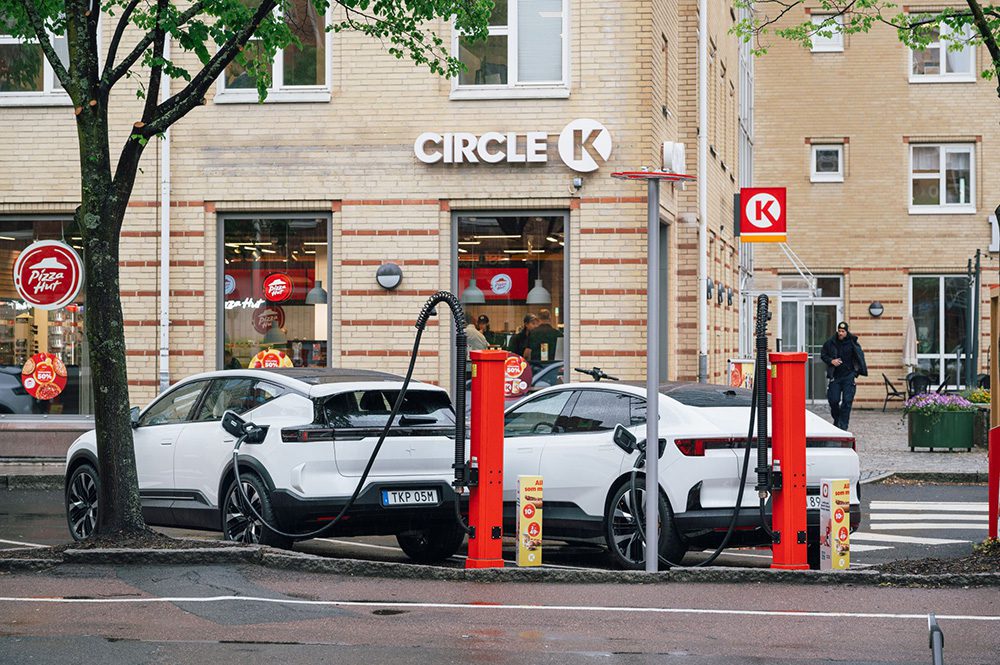In a decade of covering the EV industry, I can’t recall ever seeing such immediate and near-universal praise for any development as I have for the news that Ford and GM will partner with Tesla to give their EVs access to the Supercharger network.
The news broke in two waves, each of which swamped the EV media and crested well into the territory of the mainstream media. Almost everyone greeted the news positively, and many positively gushed with joy. Quite a few gleefully hailed the impending death of the CCS charging standard.
Just about the only major dissenting voice was CharIN, the global charging industry association that developed CCS and the new Megawatt Charging System (MCS). In a detailed response to Ford’s announcement, CharIN made some valid points (unlike CCS, NACS is not a standard in the sense of having gone through a process involving multiple companies) and some dubious ones (CharIN does not support charging plug adaptors).
I was a bit surprised at the lack of respect the EV media has shown for CharIN, which has over 300 global members (including Tesla). Prominent EV pundits summarily dismissed the organization’s concerns, and a few showed open hostility to anyone who would stand in the way of the Tesla juggernaut.
At first, I was also surprised at how little discussion there’s been about the technical differences between CCS chargers and Tesla’s Superchargers. The latter appear to be inferior in some ways—lower maximum charging rate, no support for 800-volt architectures or V2X (although of course Tesla can and surely will continue to upgrade the Superchargers’ capabilities).
However, it gradually dawned on me that this transition has nothing to do with technical specs, and everything to do with the customer experience. In the EV industry, Tesla Supercharging is widely considered to be the gold standard. Tesla’s charging process is simple and seamless, whereas most other networks make users navigate a maze of memberships, logins and even anachronisms such as RFID cards. The emerging Plug & Charge standard is a duplication of a feature Tesla has had since the beginning.
More importantly, the reliability of public charging is a scandal, an embarrassment, a joke—except for Tesla’s Superchargers. I’m not aware of any major data-based study that demonstrates the Superchargers’ superior reliability (the 2021 Best in Test study was based on a fairly small sample), but the anecdotal evidence is overwhelming—each of the thousands of online complaints about public charging seems to elicit a barrage of replies from Tesla owners smugly insisting that they’ve never had a problem. (For what this reporter’s two-hundredths of a cent may be worth, I’ve never had a problem at a Supercharger, but I’ve very often found other public chargers to be out of order.)
So, cui bono? Tesla is basking in one of the greatest publicity coups in its history—its competitors have given up trying to beat it, and are now joining it, corporate hats in hand—and it stands to earn a tidy sum of money as well. As we understand it, automakers and EVSE manufacturers won’t have to pay royalties to Tesla for using the NACS plugs, but more drivers will be paying Tesla for its electrons. Investment bank Piper Sandler & Co estimates that Tesla could rake in as much as $3 billion by 2030 from Ford and GM drivers.
Ford and GM are spinning the deal as great news—and it certainly is for their EV drivers, but I’m not so sure it’s a long-term positive for the companies. Their customers are going to be using a competitor’s hardware and, in some cases, a competitor’s app, which doesn’t exactly make them look like EV trendsetters. Some prospective EV buyers might just think, “If everyone agrees that Tesla’s charging experience is the best, then could it be that their cars are better too?”
This brings up another point about plugs and outlets (aka jacks or receptacles). Tesla already provides CCS plugs on its European Superchargers, and it appears that, in order to be eligible for federal BIL funding, it will need to start doing so in the US. EVgo has been providing NACS plugs for some time, and plans to add more. Other CPOs (FLO) and equipment manufacturers (Tritium, ABB and more) are following suit. Whether your EV has a CCS or NACS receptacle, you’ll soon be able to plug in just about anywhere.
So why are Ford and GM saying they’ll include NACS outlets on their vehicles? I’ve never seen a phone, tablet or any other device that sports more than one receptacle, so why add another layer of cost to install them on cars? I carry 4 different USB adapters around to accommodate my different gadgets, and unlike CharIN, I don’t find this to be any great inconvenience. (Tesla drivers have always used adapters to connect to J1772 Level 2 chargers, and CCS adapters are now available too.)
So, cui malo? Many predict that public charging networks such as ChargePoint, Electrify America and EVgo will be big losers—if their charging experiences continue to be unreliable and user-unfriendly, drivers will increasingly have the option of deserting them in favor of the Superchargers on the other side of the parking lot. There’s likely to be a shakeout in the public charging space, but let’s hope that the eventual result is a stronger industry and a better user experience—not the monopoly that so many of the EV punditocracy seem to be rooting for.
And that brings us to the giant red elephant in the room. The auto industry, under pressure from governments, is going to great lengths to make sure that the EV revolution isn’t dependent on raw materials from a certain autocratic, unpredictable country on the other side of the world. Do we really want all public EV charging to be dependent on a single company that’s controlled by an unpredictable demagogue, whose political friends in Texas, Wyoming and elsewhere are strongly opposed to EVs and renewable energy?
Sources: Ford, GM, Reuters, Electrek






